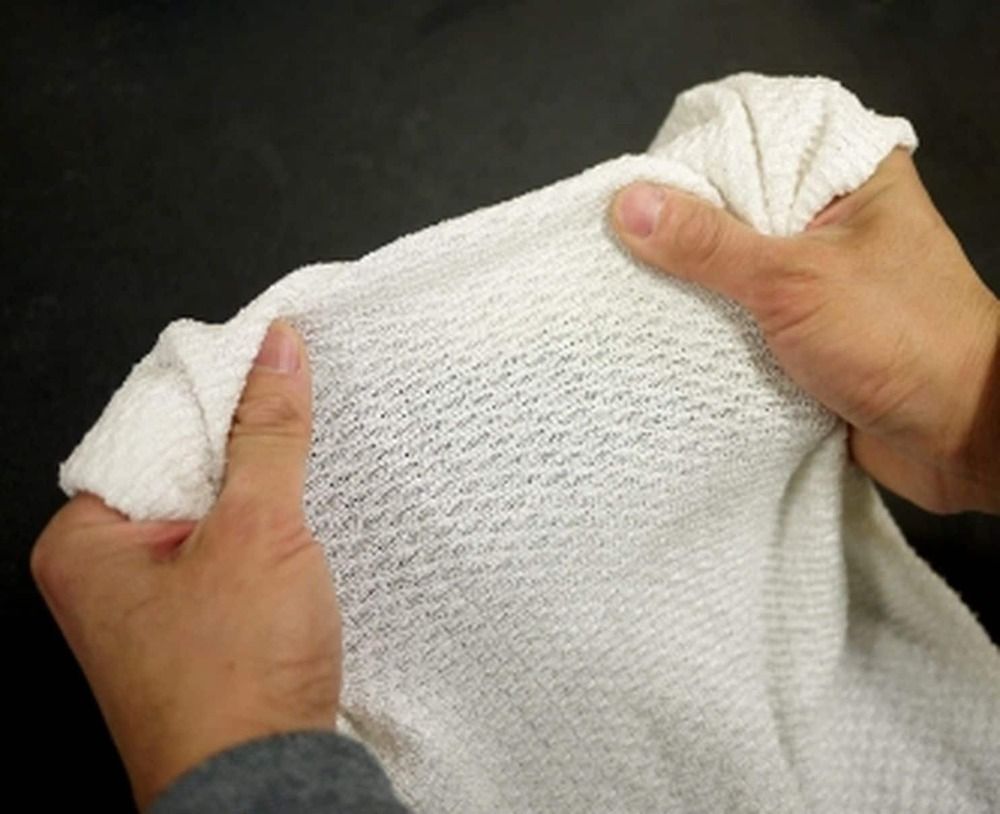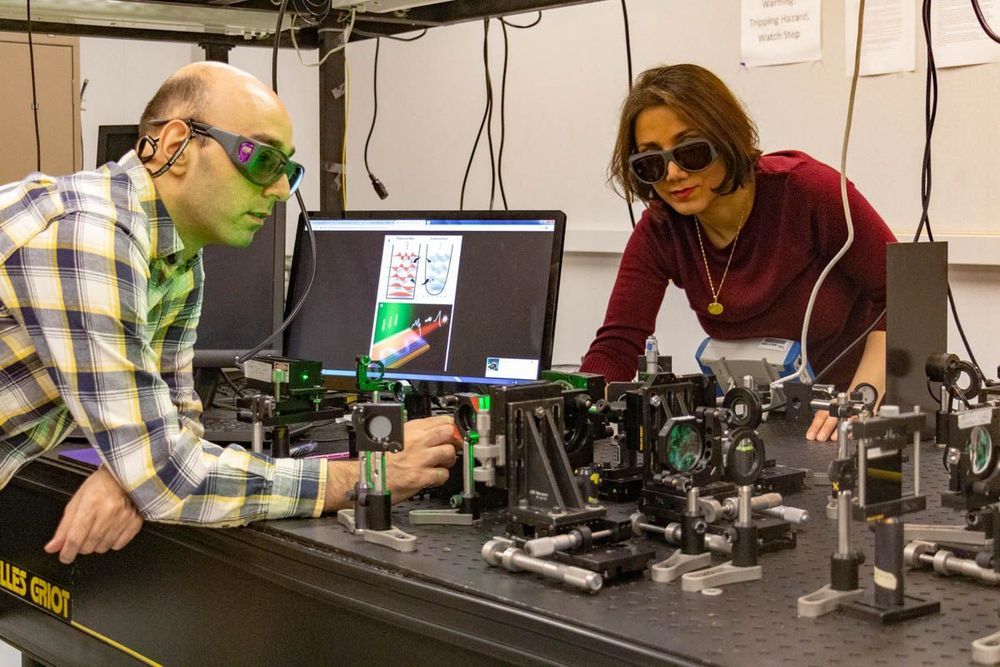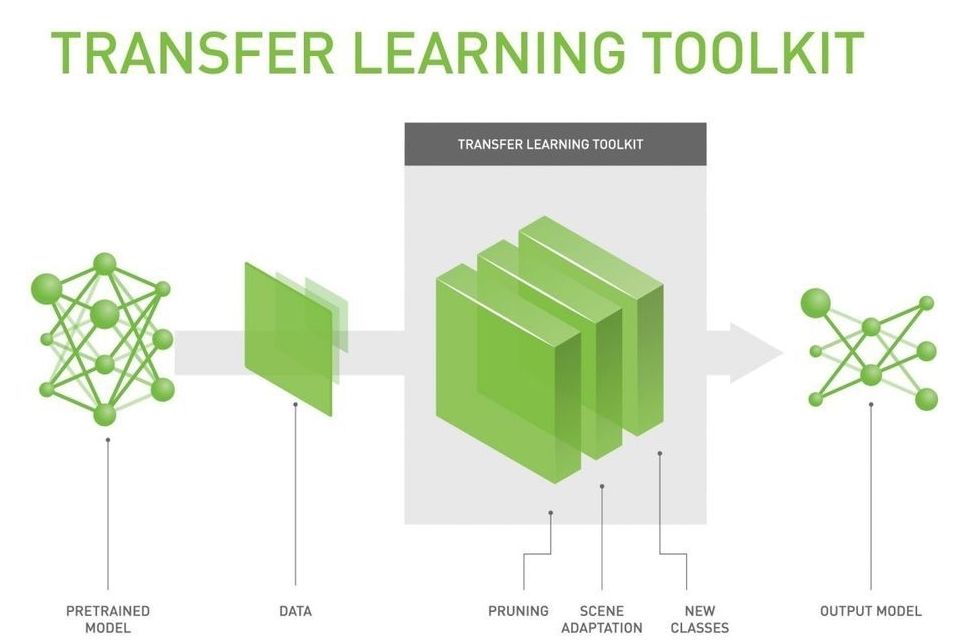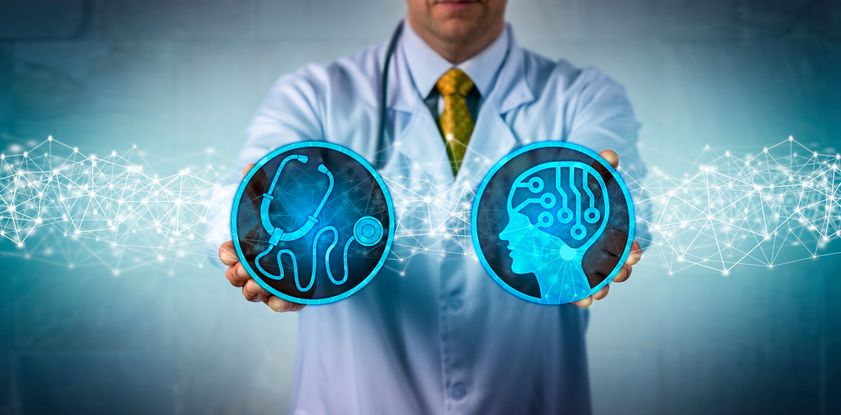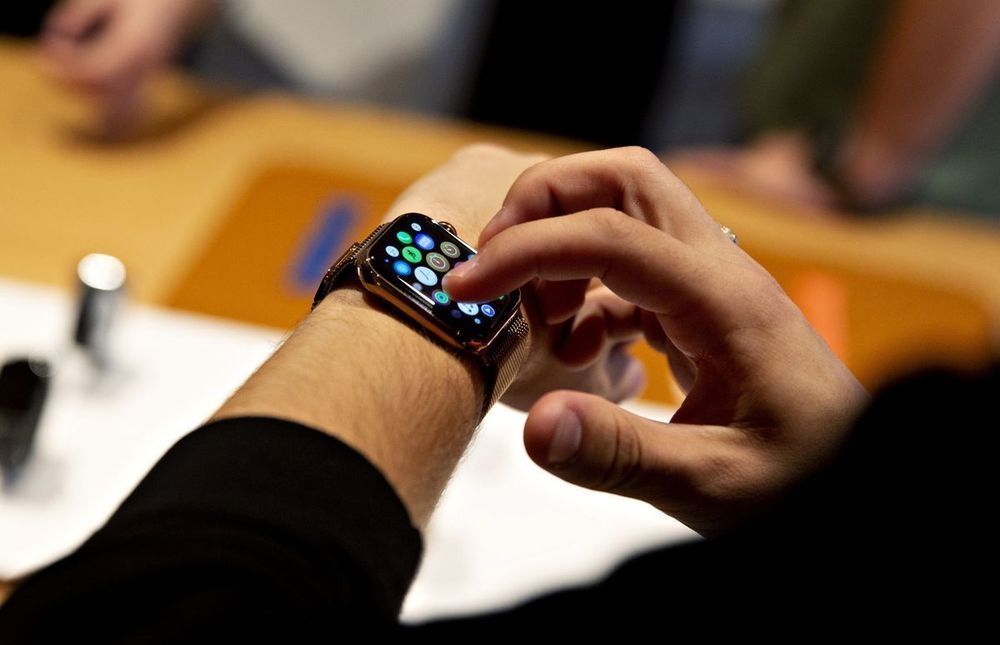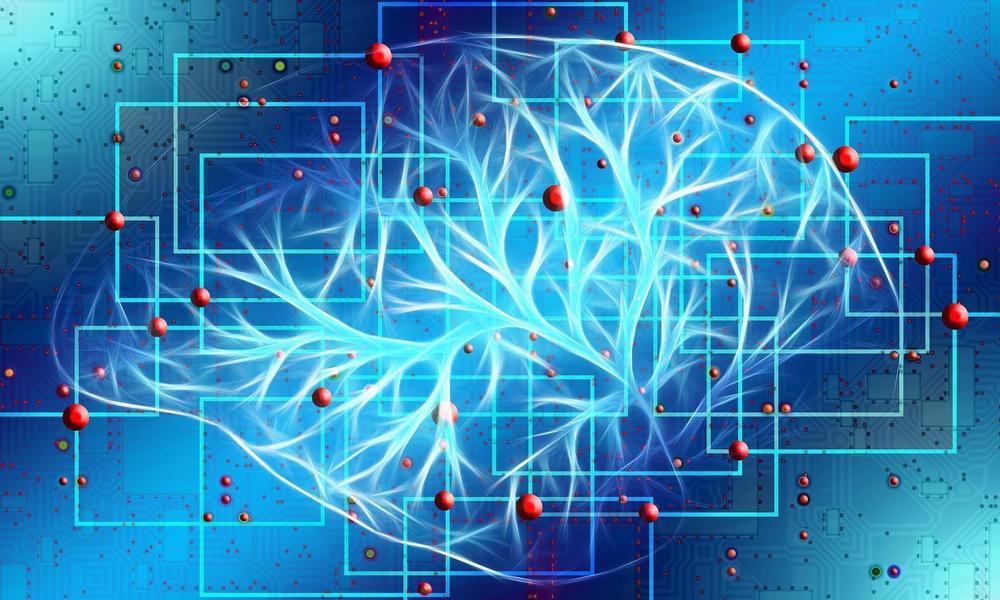If you’re sweating on a hot summer day, for example, the fabric allows heat to escape. But when the outside temperature is cooler and the air drier, and your body gets cooler, the fabric becomes more compact, retaining heat from the wearer’s body, researchers say. The researcher’s paper, “Dynamic gating of infrared radiation in a textile,” was published in the journal Science.
If you work in a large office building, there’s a decent chance you tailor your attire to two separate weather forecasts.
There’s the outdoor weather, an evolving state of dynamic atmospheric conditions dictated by seasonal patterns. Then there’s the indoor weather, an evolving state of arbitrary conditions dictated by an all-powerful being known as the building manager, an individual whose atmospheric whims unleash equal amounts of cursing and praise.
While you luxuriate in a cold blast of air conditioning on a hot summer day, your co-worker bundles under a fleece blanket, shivering and miserable.
